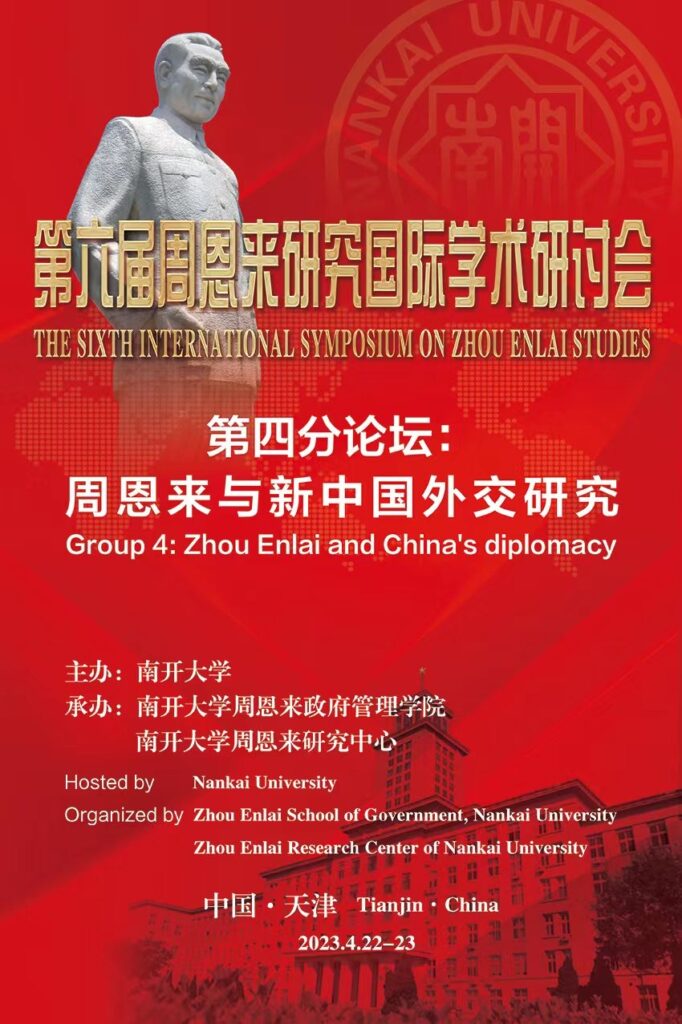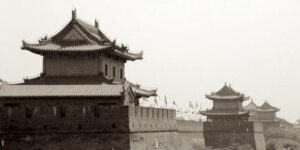
the main gate, ancient city of Xian
The Xi’an Incident:
A Turning Point for Zhou Enlai,
and for China
Abstract of a Research Study
by Michael North and Xiaofang Zhou North
co-founders of the Zhou Enlai Peace Institute
presented at Nankai University, April 2023
Final Published Essay
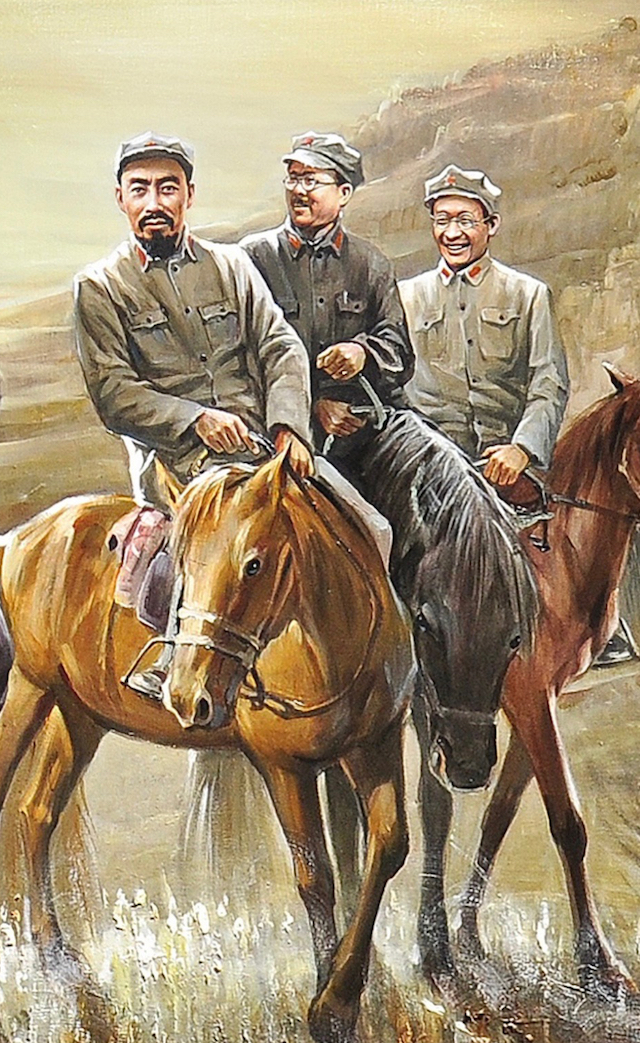
painting by Liu Xingxiong
The significance of the Xi’an Incident is not yet fully understood, in China and in the world.
This paper analyzes the events immediately preceding the Xi’an Incident, in the aftermath of the Long March. It studies the relationship between the two principals: Zhou Enlai and Chiang kai-Shek, and their shared history many years before at Huangpu Military Academy.
How did two young, talented, patriotic Chinese men, who knew each other in the idealism of their youth, become such bitter enemies in later years, fighting over the soul of the New China? Why did Zhou choose the path of unity and self-defense, and why did Chiang choose the path of division and collaboration? And how did their paths later converge?
From their time at the Academy in the 1920’s until 1936, these two men grew in strength and achievement. Chiang kai-Shek hunted his former colleague, Zhou Enlai, and his compatriots in the young Red Army. This paper studies how their rivalry grew, how it embodied the terrible conflicts of the Civil War in China and the Japanese Occupation, culminating in the Long March — and the later capture of General Chiang by Red Army forces.
When he heard that General Chiang had been captured, Zhou Enlai traveled quickly from Nanjing to Xi’an, to confront his former colleague, and stopped his possible execution. They sat down for several days, and talked. He sought unity on behalf of the young Chinese nation; he sought understanding and peace, in place of vengeance.
What happened in the two-week dialogue between these two powerful men? How did the discussion develop, and what were its conclusions? What other parties participated, in Xi’an and beyond, and what memories can we document?
We know this: before the Xi’an Incident, China was torn apart, by internal disunity and foreign occupation. Afterward, China was on the path that culminated at the rostrum above Tienamen, October 1, 1949. Before the Xi’an Incident, Zhou Enlai was a commander and intelligence director for the Red Army; afterward, he was maturing into a diplomat, both nationally and internationally, and the first Premier and Foreign Minister of the New China.
Two famous photos of Zhou were taken during this critical time; the first, before the Xi’an Incident, shows him traumatized, intense, bearded, with a stare of a thousand miles. The second photo, taken just a few months later after the Xi’an Incident, shows Zhou at peace, clean-shaven, with a look that penetrates from deep within. What happened in Xi’an, to cause this transformation?
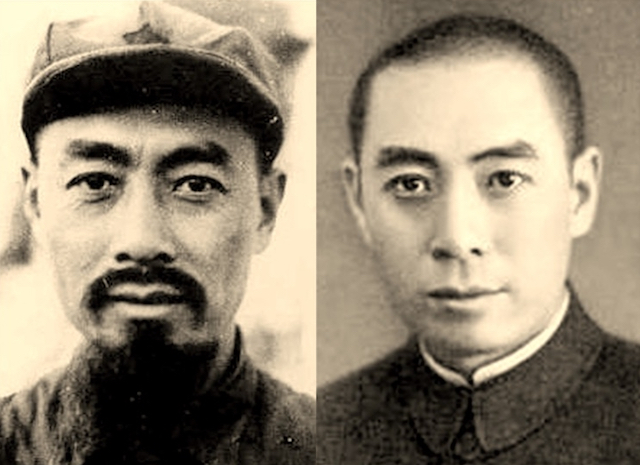
This paper steps into the enigma implied by these two photos.
Finally: the implications of the 1936 showdown between Zhou and Chiang still echo today, expressed in the conflict between Taiwan and the People’s Republic of China. We know that, in his final days, Premier Zhou Enlai said, “Let us never forget our friends in Taiwan.”
Is there a seed of insight here into today’s struggle, in the way Zhou Enlai commanded the Xi’an transformation in 1936, that may provide guidance to solve the challenges of today, nearly 90 years later? This paper will explore that idea with leading scholars of Zhou Enlai history.
The full story has yet to be written; the complete legacy of Zhou Enlai has yet to be understood. This paper makes a contribution to that understanding, raises new questions, and sets the groundwork for further inquiry and study, to enable people around the world to understand China and Zhou Enlai more deeply.
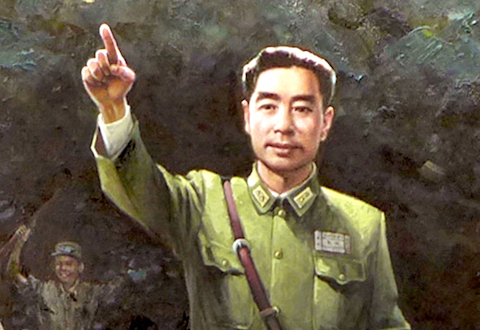
painting by Liu Xingxiong
